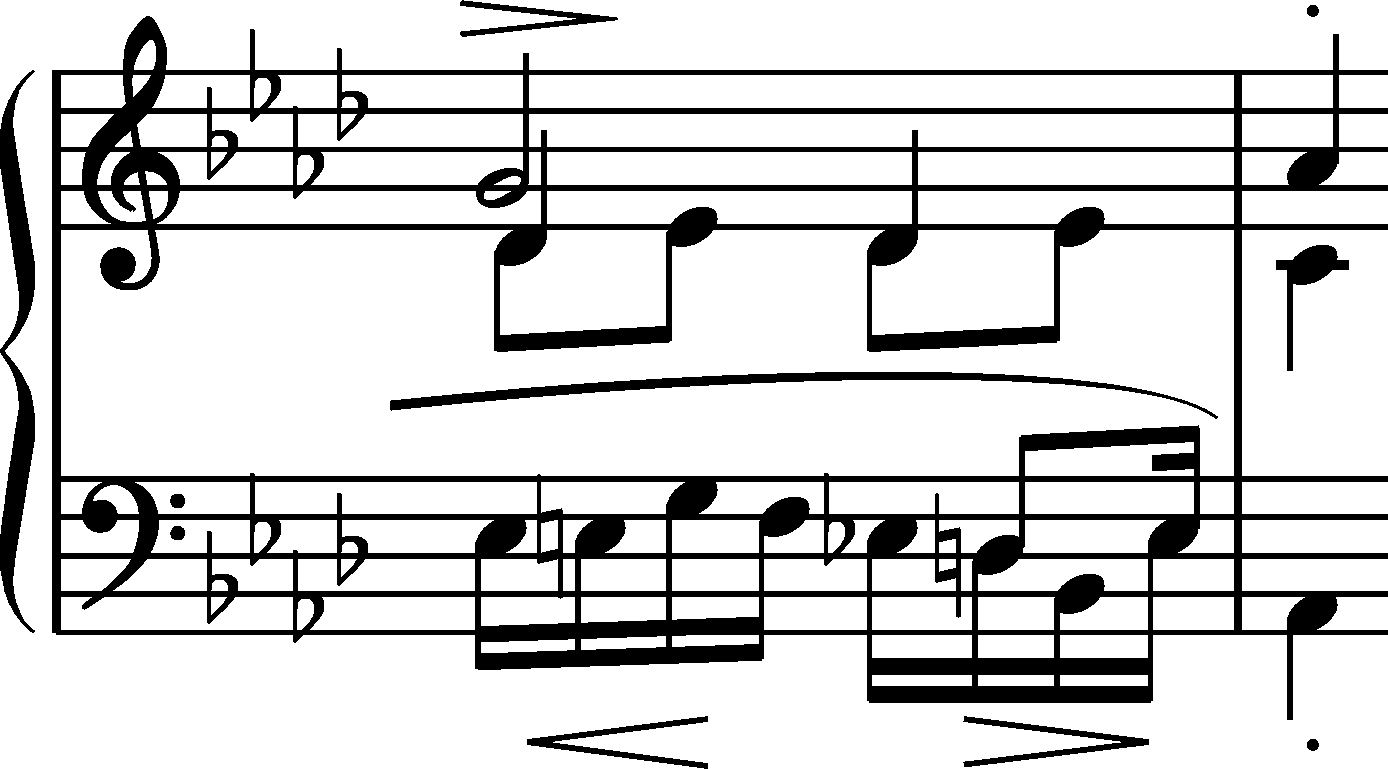




According to us, leaving the third semiquaver from the end without an accidental, which results in d, is Chopin's mistake. It is true that e on the last semiquaver could be regarded as a resolution of this d note; however, it would require a particular performance, marked with a respective indication, e.g.:
on the last semiquaver could be regarded as a resolution of this d note; however, it would require a particular performance, marked with a respective indication, e.g.:  . Nevertheless, even when performed as such, this version does not fit with the smorzando and the ongoing tensions' release; moreover, this version unnecessarily anticipates a much nobler effect used by Chopin in the next bar.
. Nevertheless, even when performed as such, this version does not fit with the smorzando and the ongoing tensions' release; moreover, this version unnecessarily anticipates a much nobler effect used by Chopin in the next bar.
The flat restoring d was added only in FE.
was added only in FE.
Compare the passage in the sources»
category imprint: Differences between sources; Editorial revisions
issues: Omissions to cancel alteration, Errors of A, FE revisions, Errors repeated in GE, Errors repeated in EE, Errors repeated in IE
notation: Pitch


